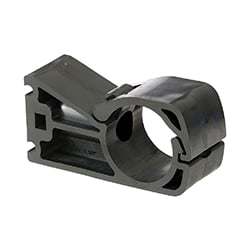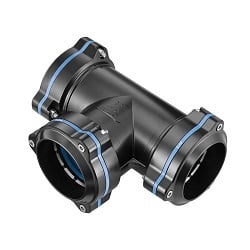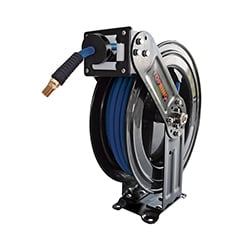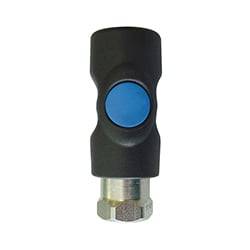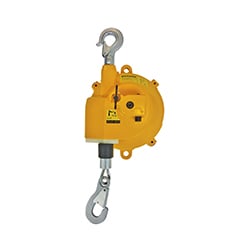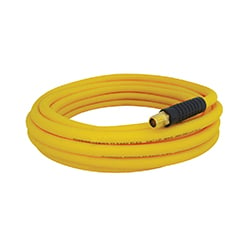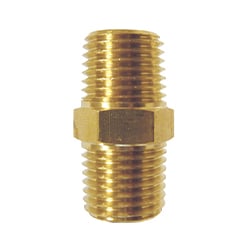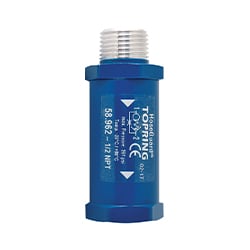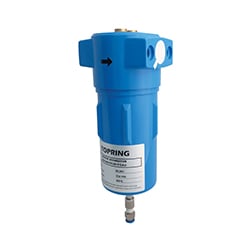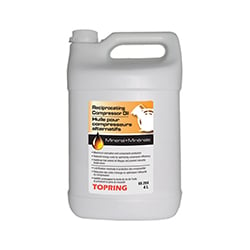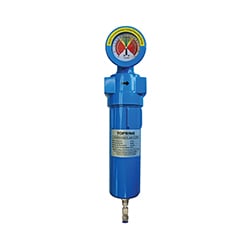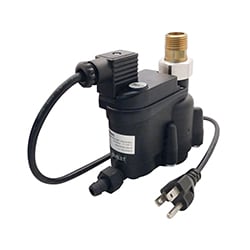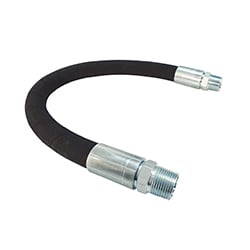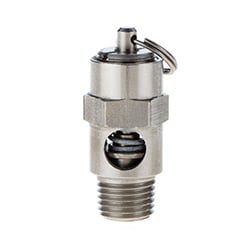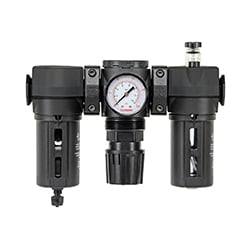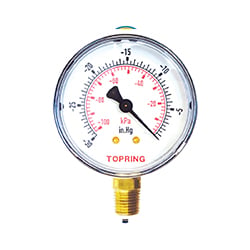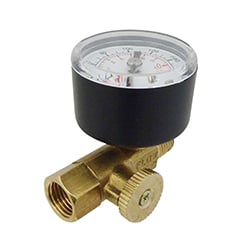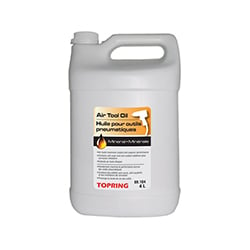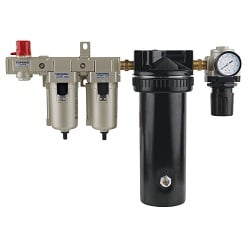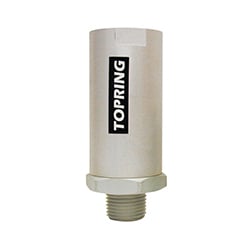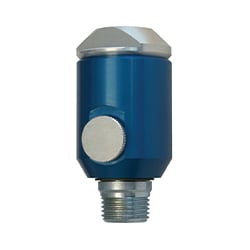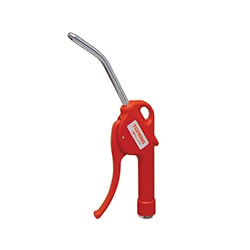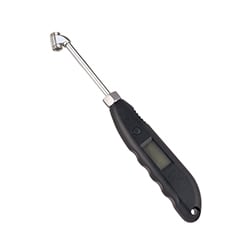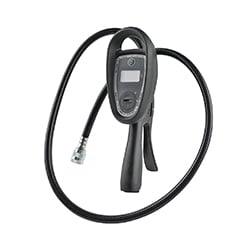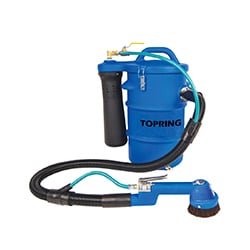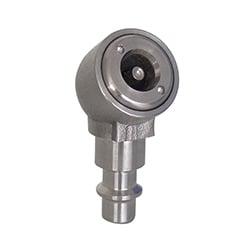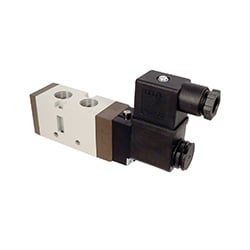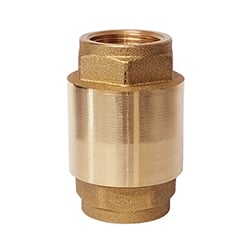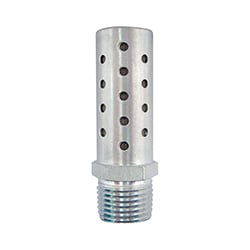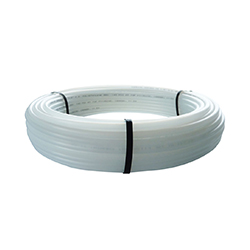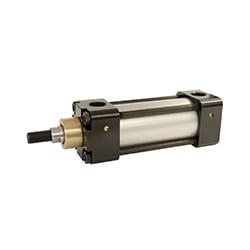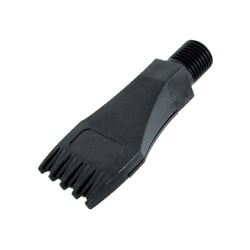When Topring audits a facility, we’re looking for solutions or alternatives to help our clients with three key aspects: safety – efficiency – performance.
In working with R. Pinsonneault et Fils, our suggestions and alterations focused on safety and efficiency.
Context of the case study
Potato producer
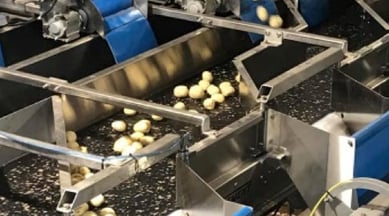 |
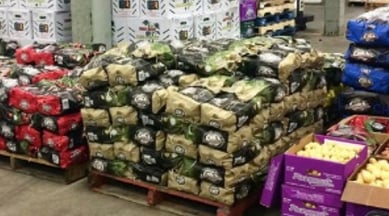 |
The R. Pinsonneault et Fils farm is a family business that has specialized in producing potatoes of all kinds for several generations. Located in Saint-Michel de Napierville, the farm sells its products all over the province of Québec.
"We’re among the province’s top potato producers. We grow many varieties (Jimseg, Ac Belmont, Ac Chaleur, Canberra, Chieftain, Norland, Gold Rush, etc. ), which are then sold by size, ranging from baby to jumbo potatoes. Our products come in no less than 50 different packages, depending on the volume (5 to 50 pounds) and the type of packaging (plastic bag, paper bag, or cardboard box).
At the processing plant, we use automated processes for sorting, washing, and packing the potatoes. We use compressed air for cylinder activation, drying, and cleaning.
In spring 2019, we significantly expanded our facilities, adding a new Topring piping system throughout the plant, in a 32 mm loop for efficiency and energy savings, with quick couplers at the points of application. It was definitely a huge project, but our biggest change was installing a Topring 360 SCFM water-oil separator. Why? Because it means we can now comply with new environmental standards on condensate treatment and discharge.”
Jean Hamelin
Technical Director , R. Pinsonneault et Fils ltée
Challenges and solutions
The challenge: a green approach to condensate disposal
The presence of water or contaminants can lead to pneumatic equipment failing and bacteria proliferating in compressed air lines. Potato growers require very high air quality standards because compressed air can come into contact with food. That's why these businesses need to safely and efficiently remove and treat condensate while keeping the air clean and dry.
What's required under regulations on discharged condensate
The condensate collected from the compressor outlet contains oil, but environmental standards prohibit discharging it into the ground or into bodies of water. In addition, the Canadian Council of Ministers of the Environment (CCME) issued a recommendation by setting the authorized concentration at 15 mg/L of mineral oils and fats in water that is discharged into the sewer (ref. PN1422). Most Canadian municipalities follow the CCME’s recommendations. Failure to comply can lead to significant penalties, such as fines and decontamination costs of several thousand dollars, as well as a public announcement of their violation in a press release.
Where does this oil come from?
Most compressors are oil lubricated. As a result, the compressor expels a certain amount of oil into the compressed air. The concentration of oil in the air is calculated in parts per million (ppm) and varies from compressor to compressor. For example, a reciprocating compressor emits an average of 7 to 10 ppm, while other types of lubricated compressors can emit more than 25 ppm. A typical compressor operating at 100 SCFM for 35 hours with an oil concentration of 25 ppm introduces 240 ml of oil into the compressed air system. The oil concentration only increases with wear on the compressor.

“ We used to collect the condensate in a boiler that we would then empty into the municipal system. We didn’t know that other technologies existed. The Topring water-oil separator has been a genuine revelation for us in terms of compliance with environmental standards. The system is easy to use, and it's exactly what we needed !” - J. Hamelin
The solution: separate water from condensate
There are 5 solutions for treating and removing all condensate from the air exiting the compressor in order to ensure good air quality:
- Water separators
- Compressed air filters
- Refrigerant air dryers
- Condensate drains
- Water-oil separators.
In the case of R. Pinsonneault et Fils, Topring's advice meant the potato producer was able to install a water-oil separator at the end of the condensate drain line and thus dispose of the condensate in an environmentally friendly manner.
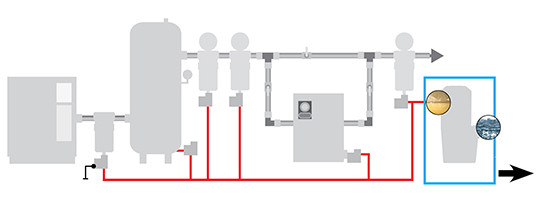
A water/oil separator is installed at the end of a condensate drainage line.
The water-oil separator
The water-oil separator is designed to collect condensate from the compressor, filters, drains, and refrigerant air dryer. It uses advanced filtration technology with adsorbent polypropylene. The condensate passes through a primary filter, which depressurizes it and traps solid particles. Next, the condensate passes through the filter media, which adsorbs the oil. After this treatment, the concentration of oil at the separator outlet is less than 5 ppm, which meets environmental standards for condensate discharge. Once the filter media is saturated, the maintenance indicator signals that it needs to be replaced.
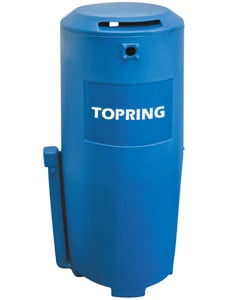
Water-oil separators collect condensate while repelling water.
|
 This diagram shows how a water-oil separator works.
|
“ We chose a 360 SCFM water-oil separator from Topring’s. It’s easy to install and ready to use immediately. There’s no need to soak the filters beforehand. The maintenance indicator lets you know right away when you need to replace the filter media. Now our operations are green thanks to filter media that are 100% recycled and recyclable.” - J. Hamelin
Our experience with Topring
“We’re satisfied with our Topring experience. The support from the technical advisor who worked with us on the project helped us a lot and really made our life easier. I have only positive things to say about the whole experience. We haven't had any problems, everything works well, and now we’re able to comply with environmental standards. We recommend Topring without hesitation!” – J. Hamelin


